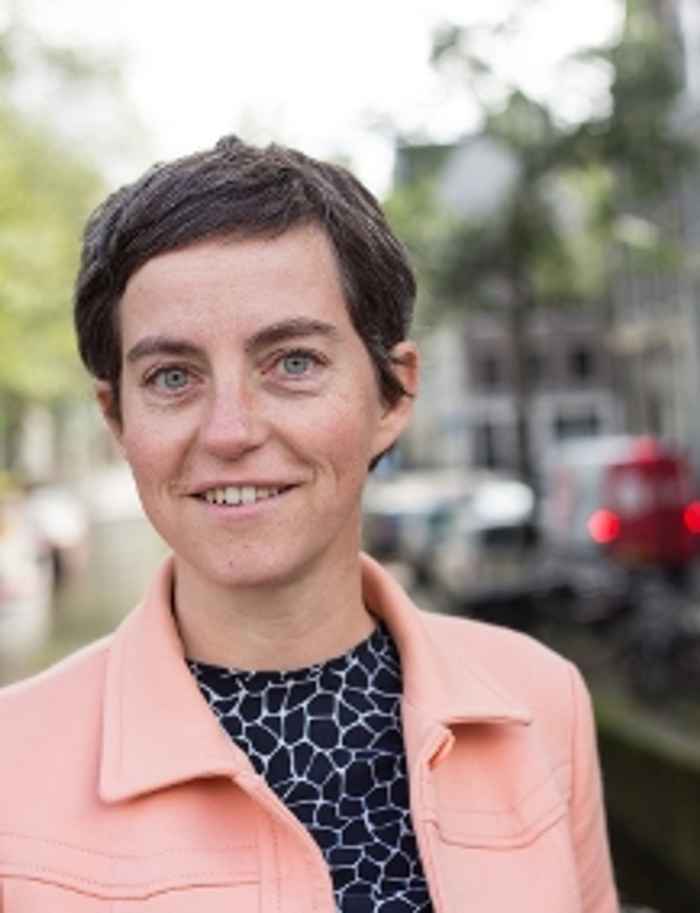Danielle van den Heuvel (Sep 2020 - Dec 2021)
Associate Professor in Early Modern History, University of Amsterdam

My research
I am a historian of the pre-industrial period with an interest in urban societies. My research deals with topics such as food provision, the informal sector, policing, women’s work, and typically applies long-term and comparative perspectives. I currently lead an interdisciplinary project team that works on the gendering of urban space in premodern cities across Eurasia. In this context my research has expanded to questions on measuring and modelling urban everyday mobility in the past.
IAS fellowship
At IAS I will work on a project that tackles the following question: (Why) do women disappear from the streets as cities modernize? Women’s right to the city is one of the most debated issues in scholarship on contemporary and historical urban societies. Access to and control over urban space are key factors in these debates, and underpinning the discussions is the persistent idea that the street is a site for male privilege. This notion is rooted in the problematic assumption that as cities grew and modernized, women swapped the streets for the home. Not only does this assumption lack a firm empirical base (we know very little about gendered patterns of street use), it is also generally described by mono-causal explanations, foregrounding either changes in gender norms, urban form, migration, or leisure cultures without looking at how such factors interact. My aim is to use a complexity perspective to analyse the multifaceted web of factors shaping gendered street use in the past.